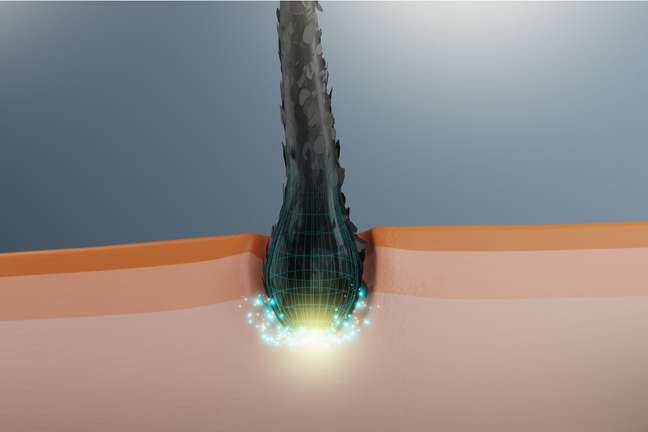The plastic surgery specialist explains how the technique can help fight baldness
With the coronavirus pandemic, we have seen a significant increase in demand for hair treatments and even hair transplant surgery. This is because temporary hair loss – technically called telogen effluvium – is one of the side effects of Covid-19. The sequel affects about 25% of patients who have had the disease and can last up to two months.

Furthermore, the most recent and well-developed hair transplant techniques have brought great naturalness to the procedure and results, and have also been instrumental in the growth of the research of the practice.
What is hair transplant?
Hair transplant is a procedure that consists of transfer the follicular units, which are small clusters of hair (each unit contains 1 to 6 hairs) from the donor area to the bald area. The donor area is located in the back of the head, because in this region the hair follicles do not have the characteristic of thinning and becoming thinner. The hair in the donor area remains thick and does not experience hair loss in the years after the hair transplant.
Difference between hair transplant and implant
Transplantation means the transfer of living tissue between different organisms or even within a single individual. The implant, on the other hand, denotes the application of something artificial or synthetic, as in the case of silicone implants and synthetic thread implants. Follicular units are considered to be living and delicate organs, so transplantation is a surgery that requires surgical skills, an experienced team, a high aesthetic sense and visagism.

How does the procedure work?
To perform the technique, the threads are removed from the donor area and implanted in the bald region, generating a natural, linear scar-free appearance. This procedure is considered the only one permanent solution for baldness. Especially with the technique known as FUE, in which the hair follicles are extracted and relocated one by one, allowing for more natural and effective results after surgery.
Who can do the treatment?
All people can undergo a hair transplant, even in old age, as long as their health is in order and control tests are performed.
postoperative care
Hair transplantation is considered a minimally invasive technique, with an extremely tolerable, very quiet and practically painless postoperative period. The patient can return to work in two days and to sports activities in seven days. This is a new time for hair transplants, with more agile and efficient techniques, which can be done without fear and offer increasingly good and natural results.
Advantages of the technique
Currently, the procedure is minimally invasive and involves very light sedation. The method gives more density to the set of threadsleaves the hairline closer to the natural one and brings greater benefits to patients.
by dr. Leticia Oddone
THE Dr. Leticia Oddone graduated in Medicine from the Federal University of São Paulo (UNIFESP) – Escola Paulista de Medicina (EPM). She was Preceptor of the Resident of the Discipline of Plastic Surgery at UNIFESP in 2011 and collaborator in the Aesthetic sector, guiding and specializing in Facial Surgery. She holds the title of specialist from the Brazilian Society of Plastic Surgery. In addition to being a member of the Brazilian Society of Plastic Surgery and a member of the Brazilian Association of Hair Surgery.
Source: Terra
Benjamin Smith is a fashion journalist and author at Gossipify, known for his coverage of the latest fashion trends and industry insights. He writes about clothing, shoes, accessories, and runway shows, providing in-depth analysis and unique perspectives. He’s respected for his ability to spot emerging designers and trends, and for providing practical fashion advice to readers.







